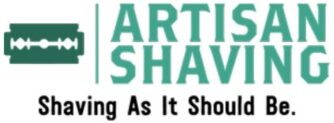Shaving against the grain is often a controversial topic in guides on how to shave. On one hand, shaving against the grain gives the closest shave imaginable and often with less work than shaving with or across the grain. However, it also provides the maximum chances of shaving rash and shaving bumps.
Shaving Against The Grain? Here’s How
If you do want to shave against the grain then good preparation is essential. We would recommend a single blade safety razor as this offers the best possible shave without the irritaion of multiple blades. There are also environmental benefits of using a razor that will last a lifetime with one recyclable blade rather than a shortlived plsatic cartridge razor.
You should also use a new sharp double edge razor blade. One thing that often causes people to shave against the grain and given themselves irritation is using blunt blades.
Your usual shaving preparation routine is even more important here. Hold a hot towel to your face for a good minute to soften your beard. This is also a time when the usual question of shaving before or after a shower applies.
In the meantime, soak your shaving brush in hot water so that it too can soften and absorb. Prepare a good lather if using shaving soap – but shaving against the grain also makes a good opportunity for shave butter and oils.
Even if shaving against the grain, shave with the grain for the first pass. Then re-lather. The best shave will often come from then shaving across the grain – so at a 90-degree angle to the direction of growth.
You can re-lather once more and then proceed to shave against the grain. You should avoid making long strokes and use a small scrubbing motion, being careful not to apply too much pressure or repeatedly shave the same area.
Afterwards, post-shave treatments like aftershave are essential to prevent razor burn. If you do find yourself with irritation or bleeding then you may want to try a styptic pencil or an alum block.





